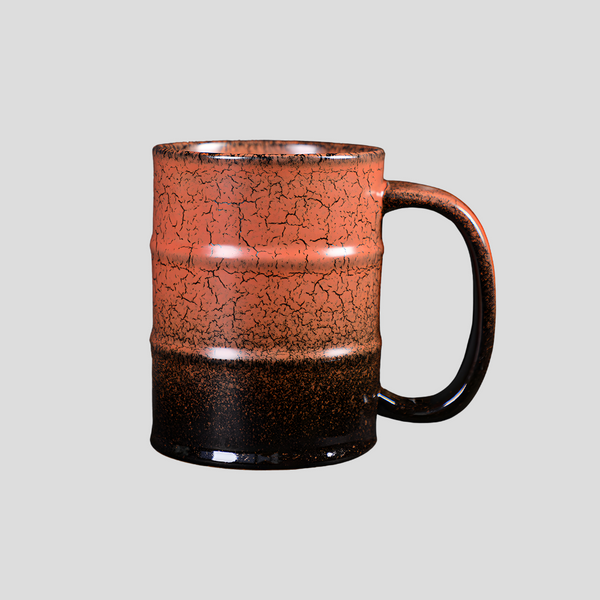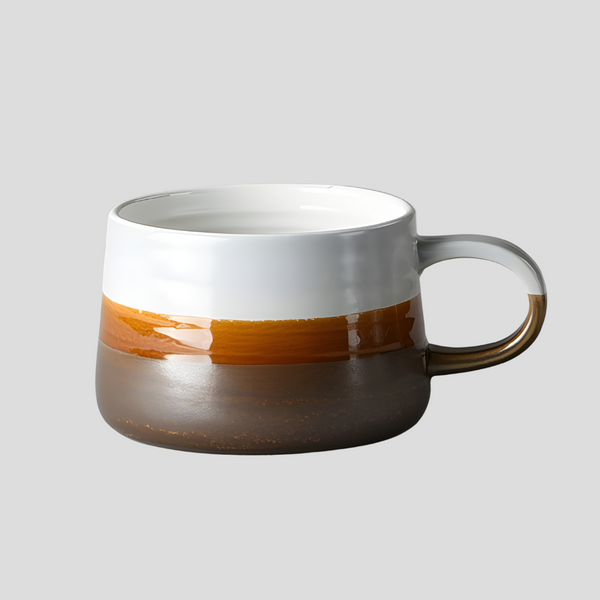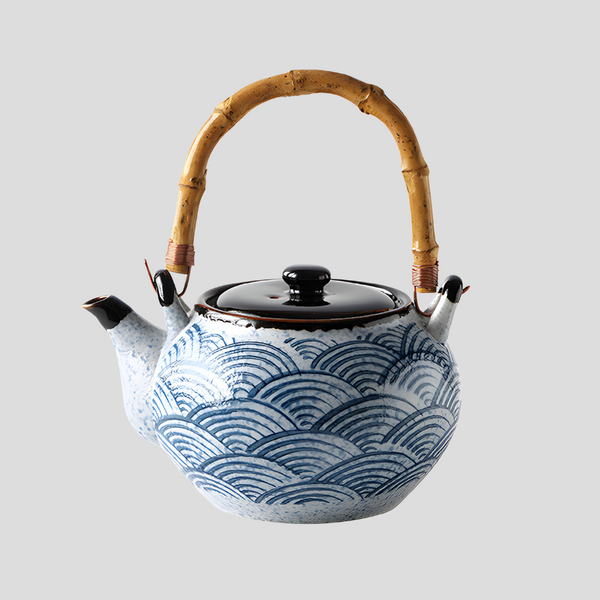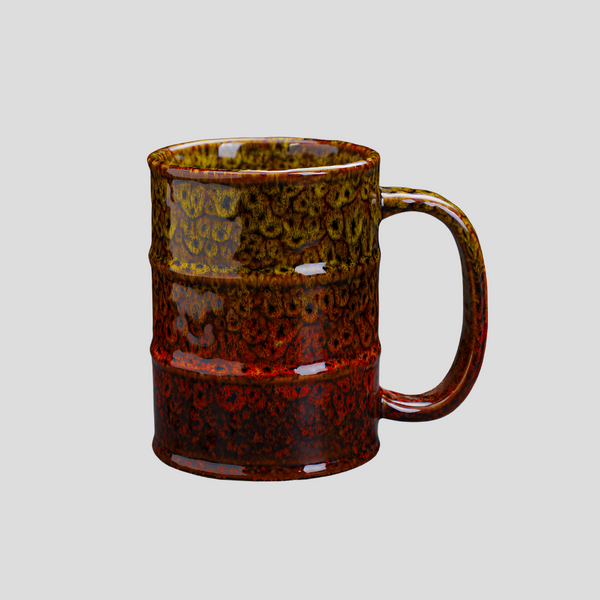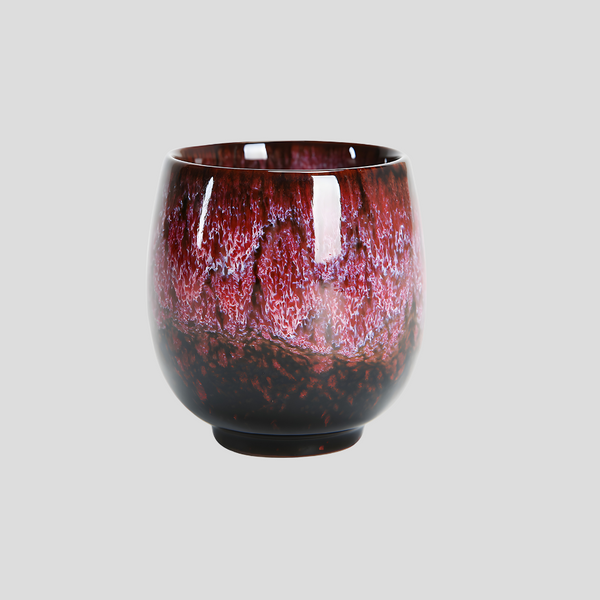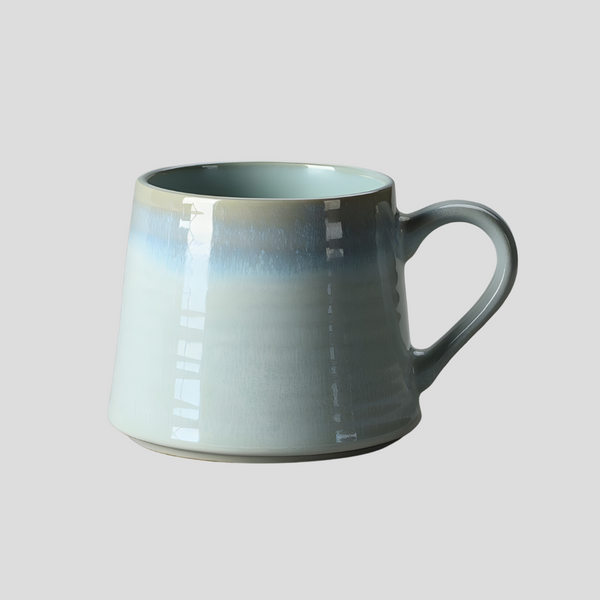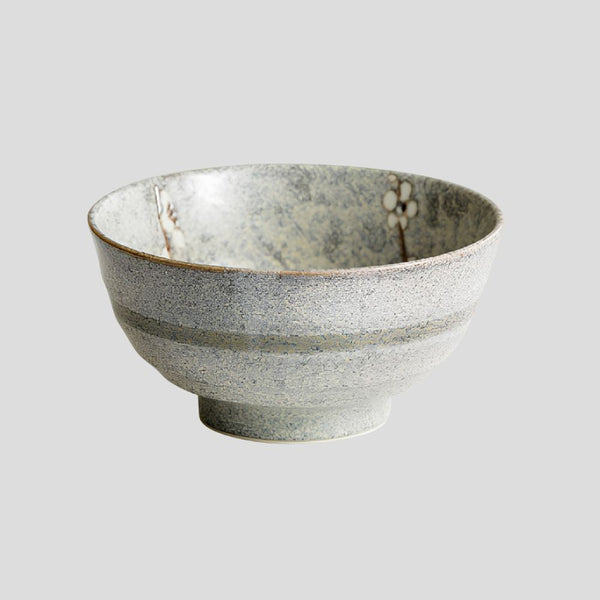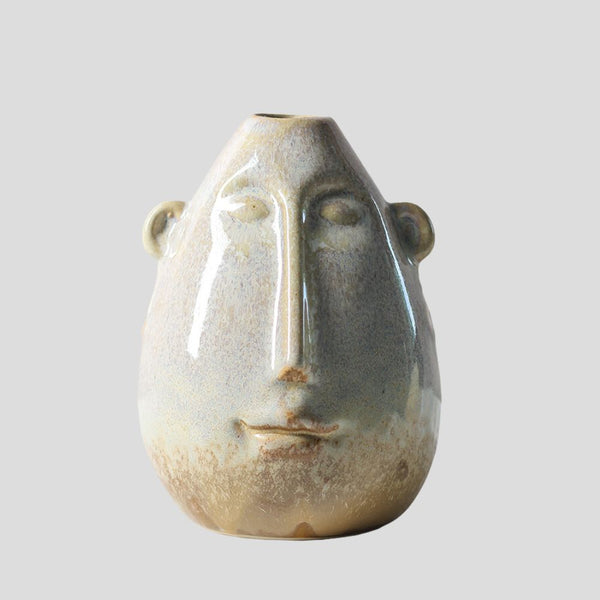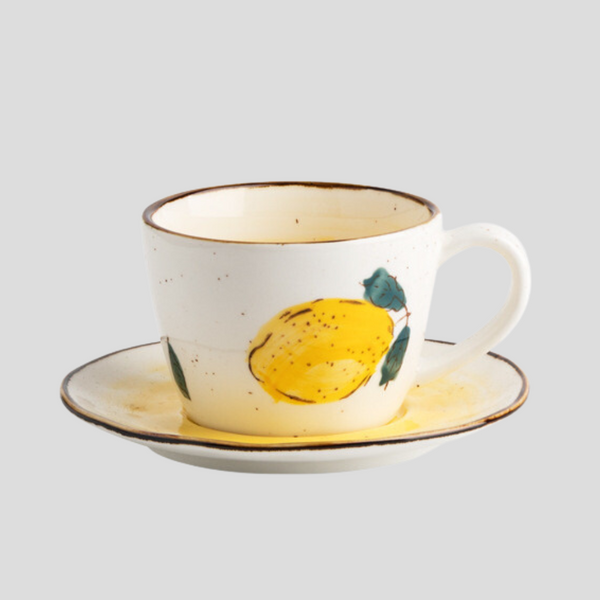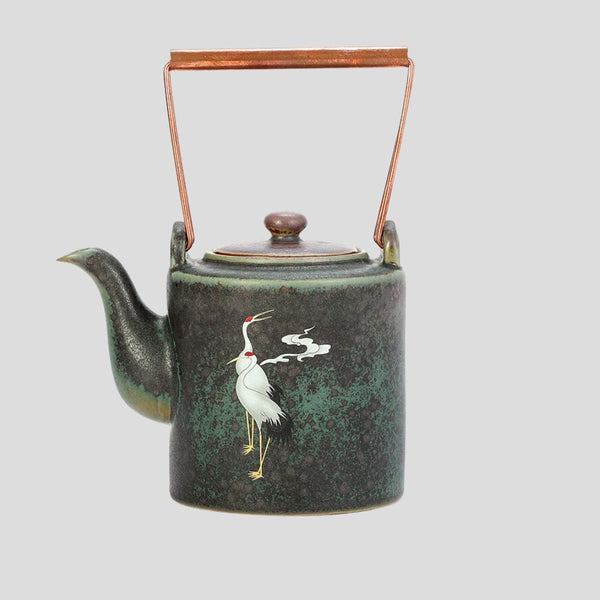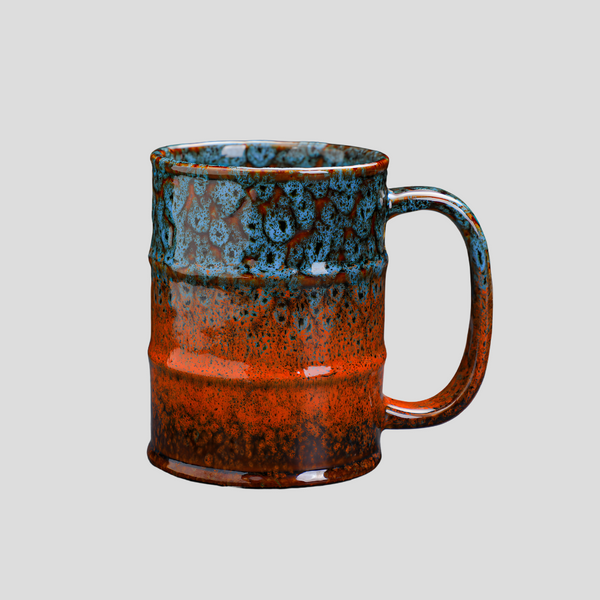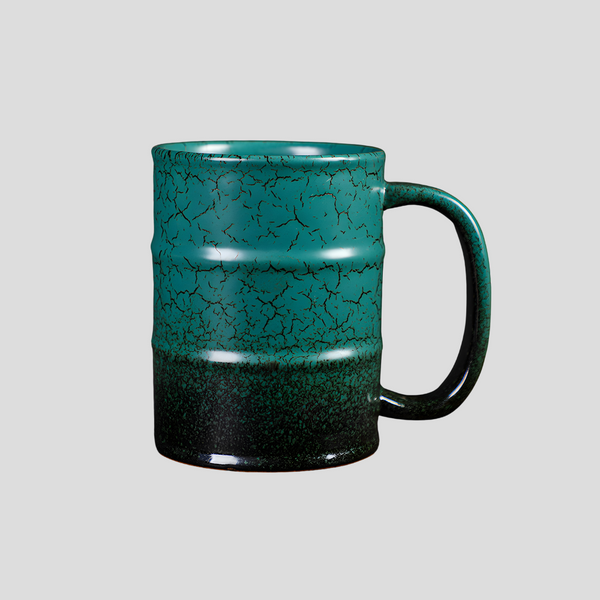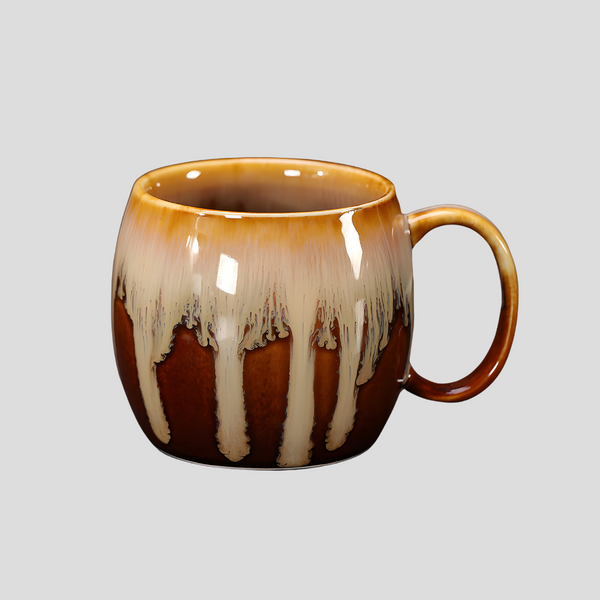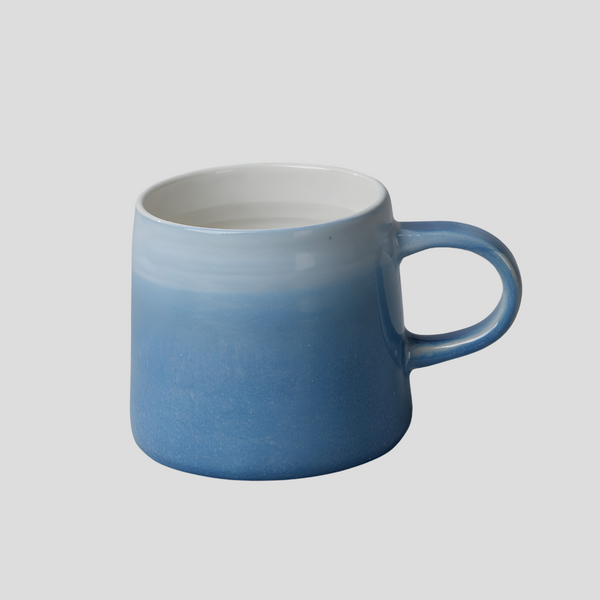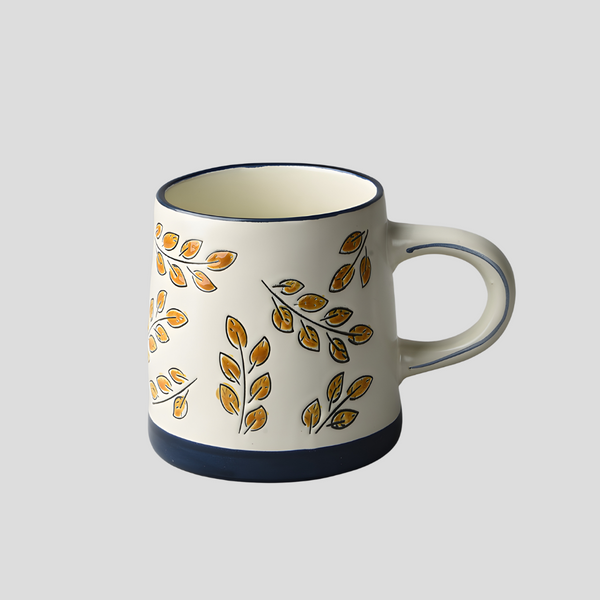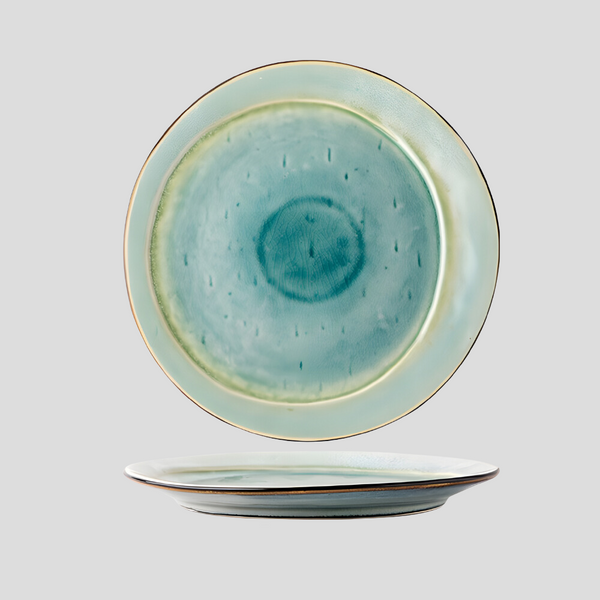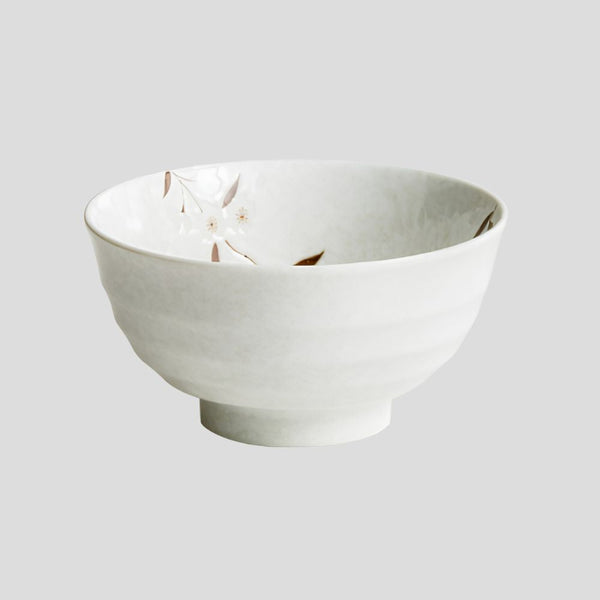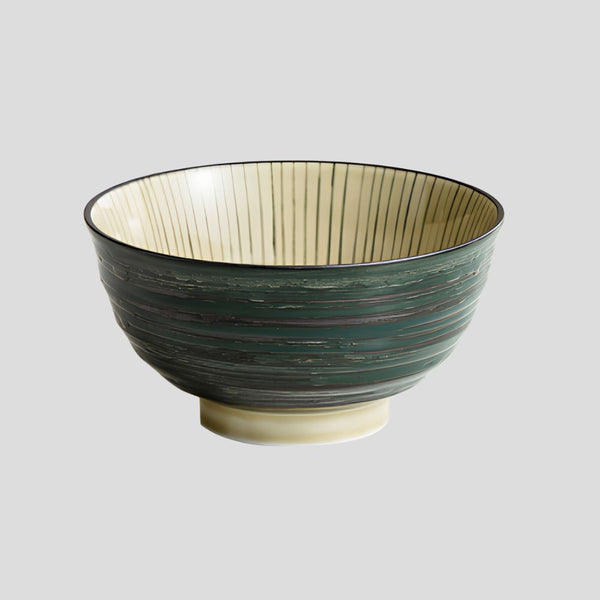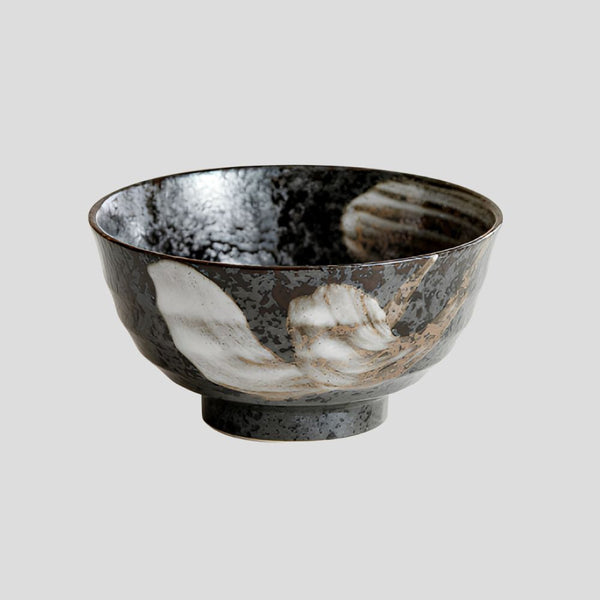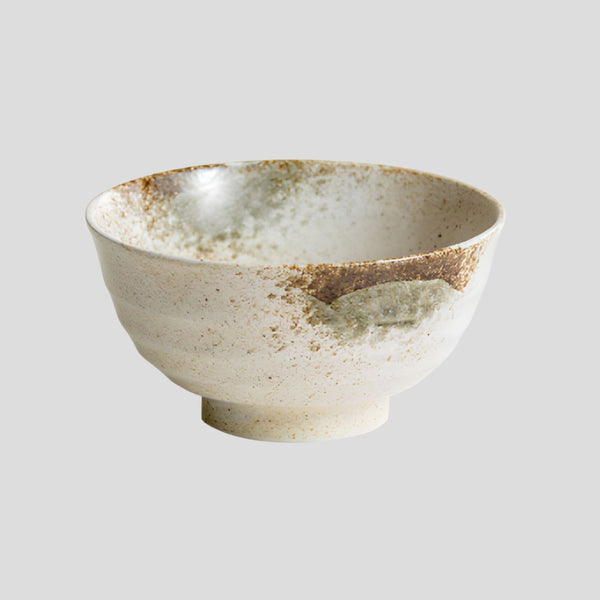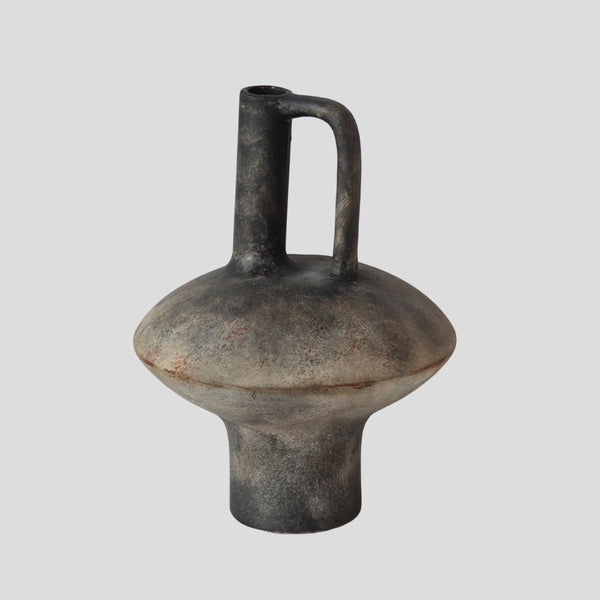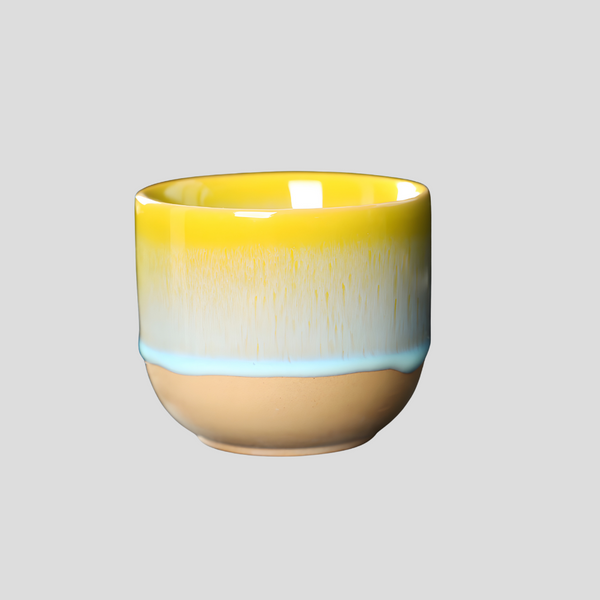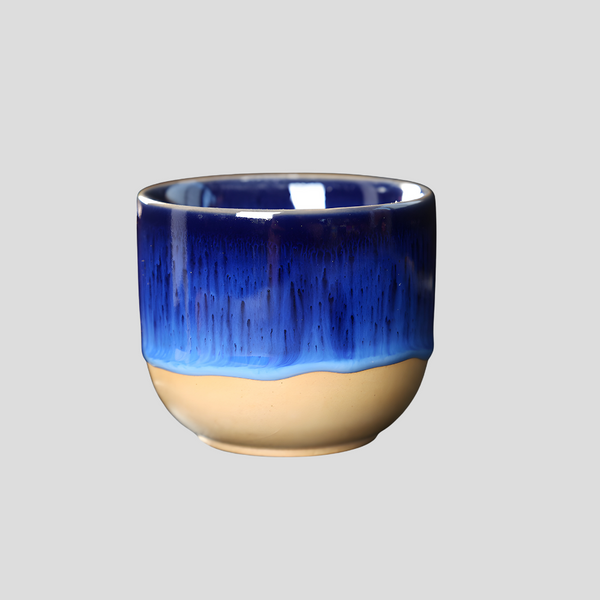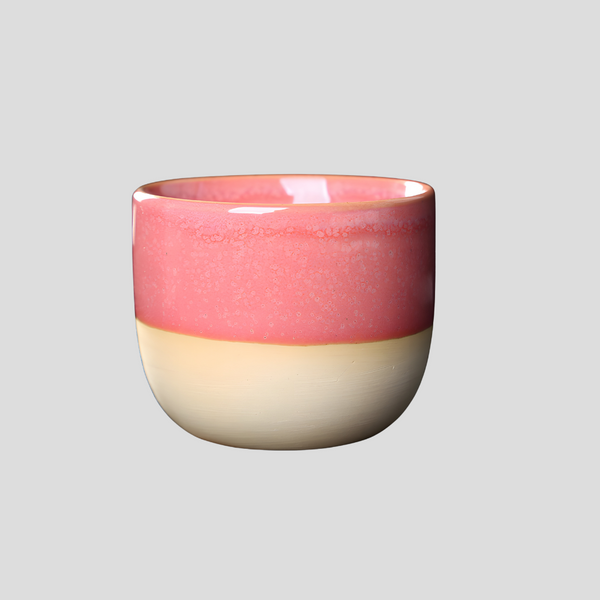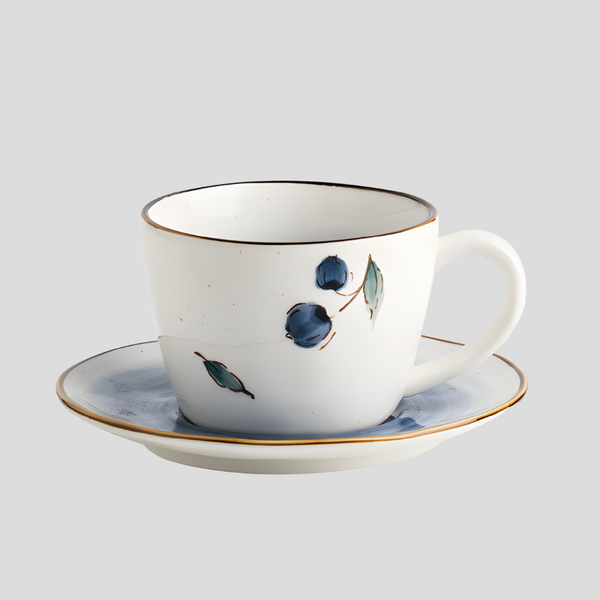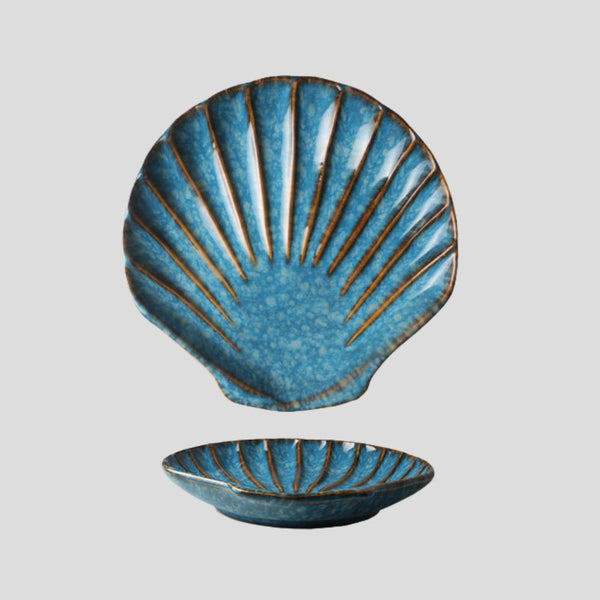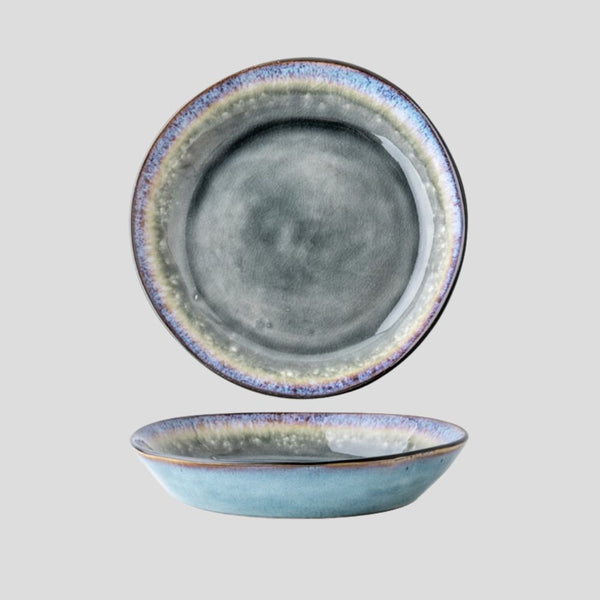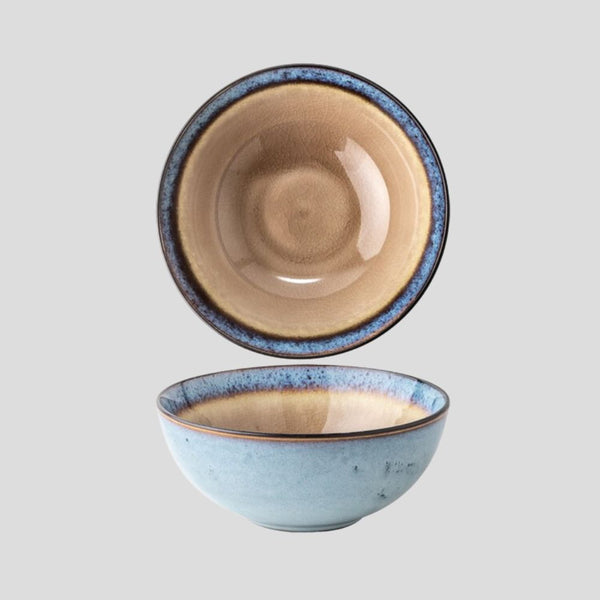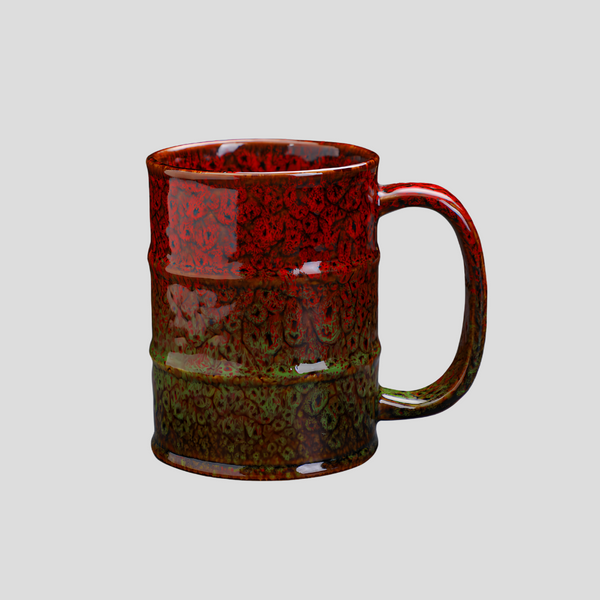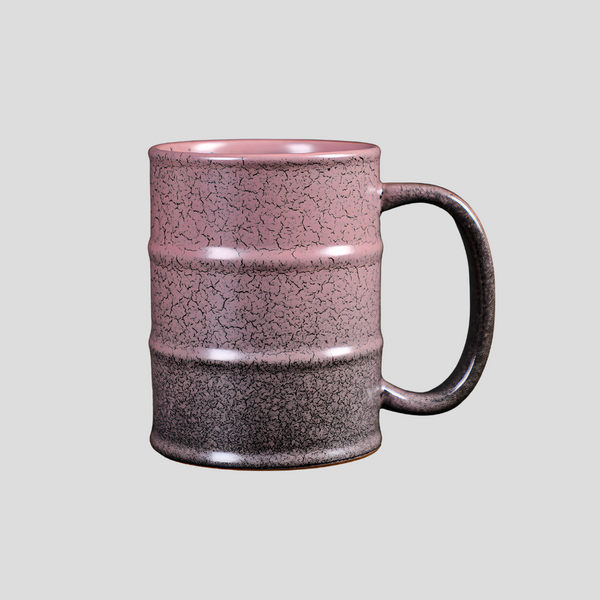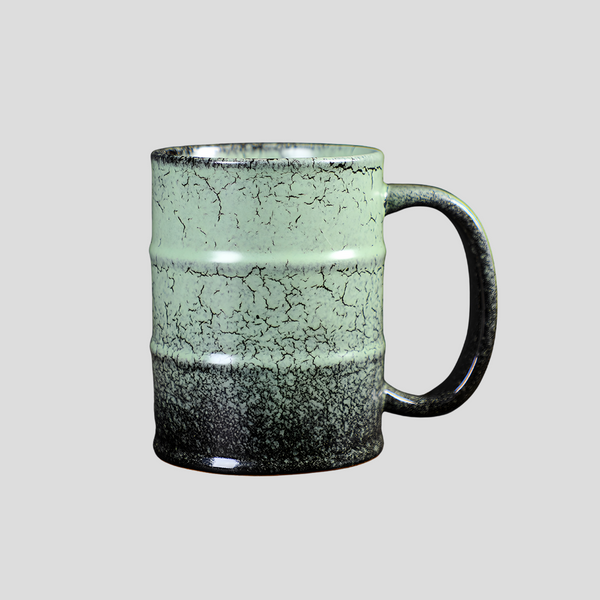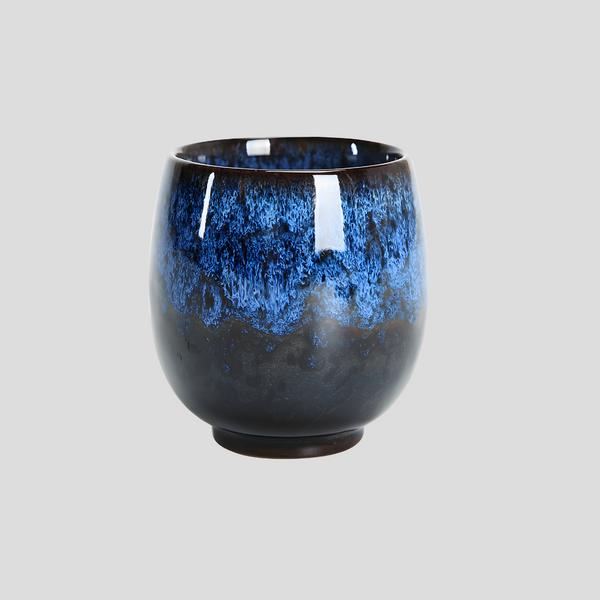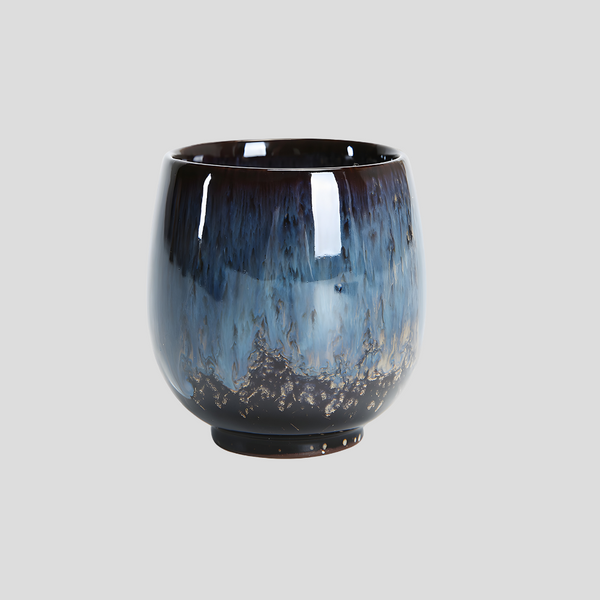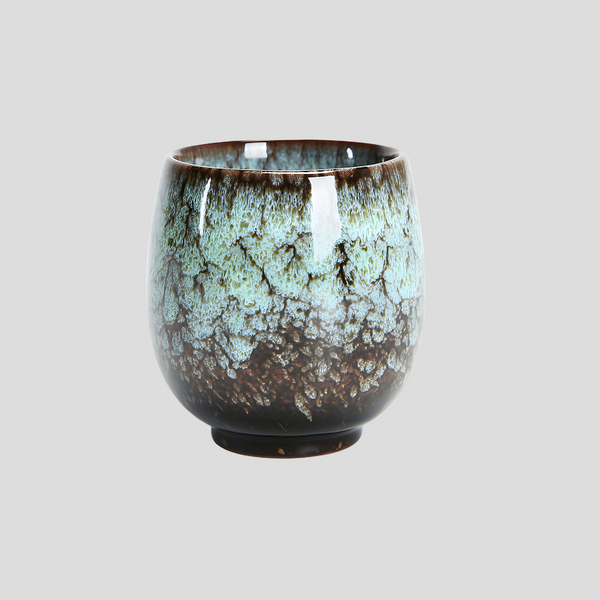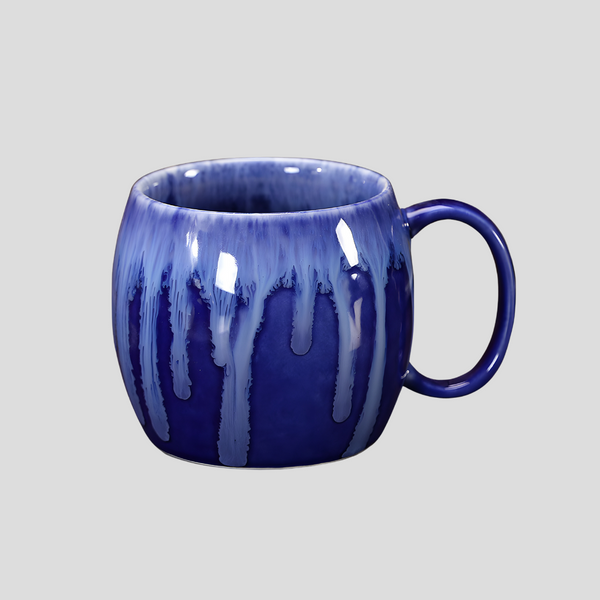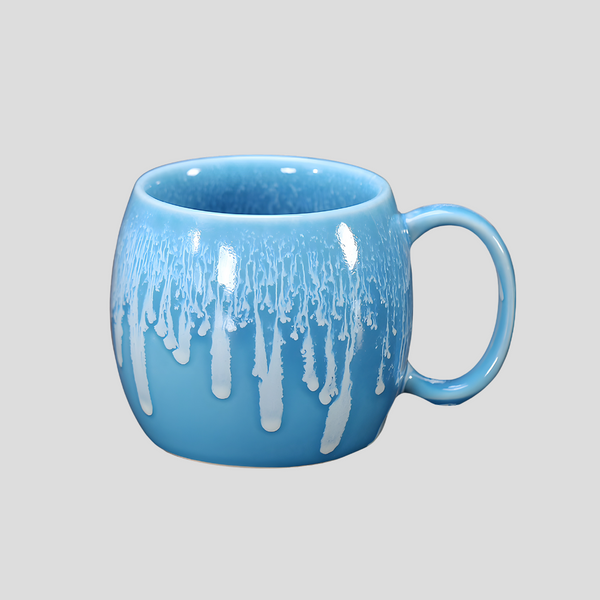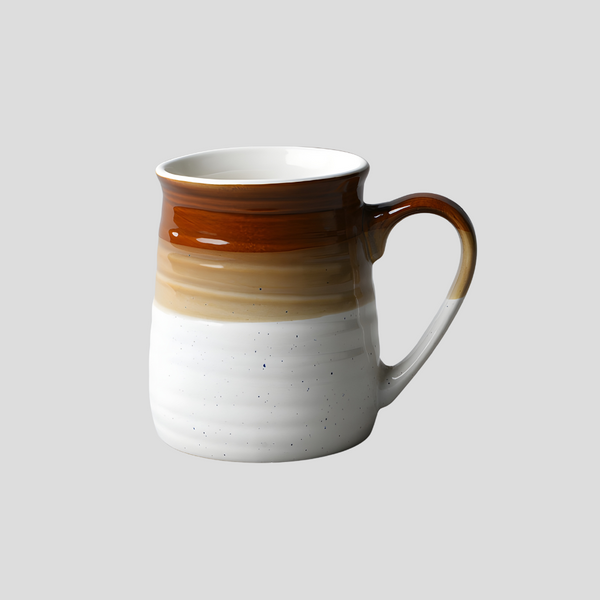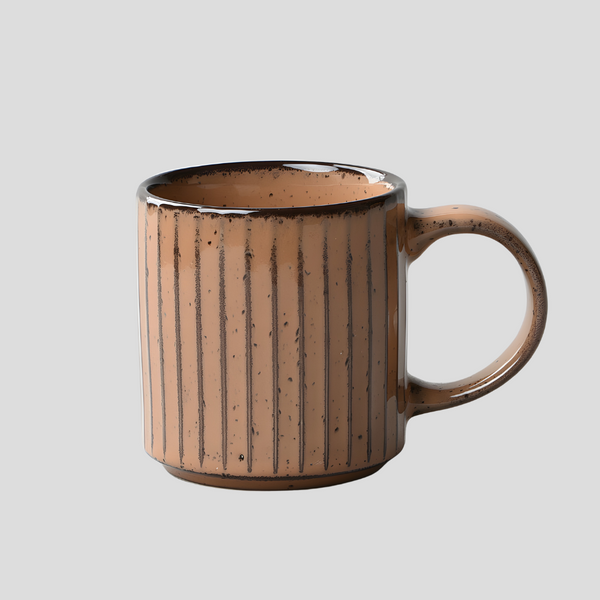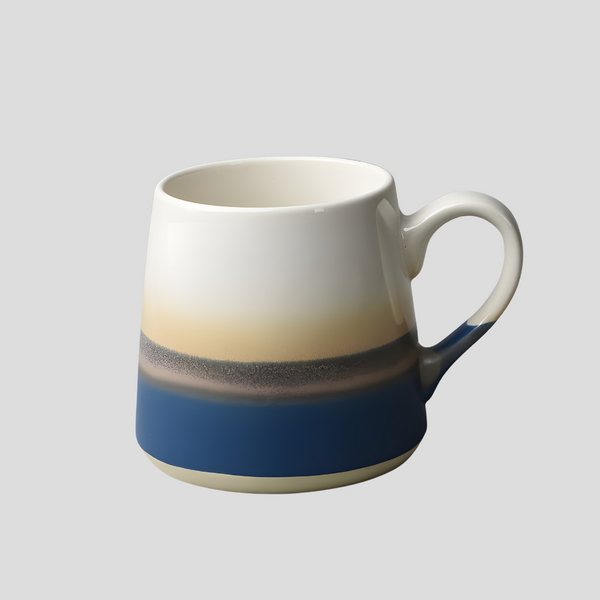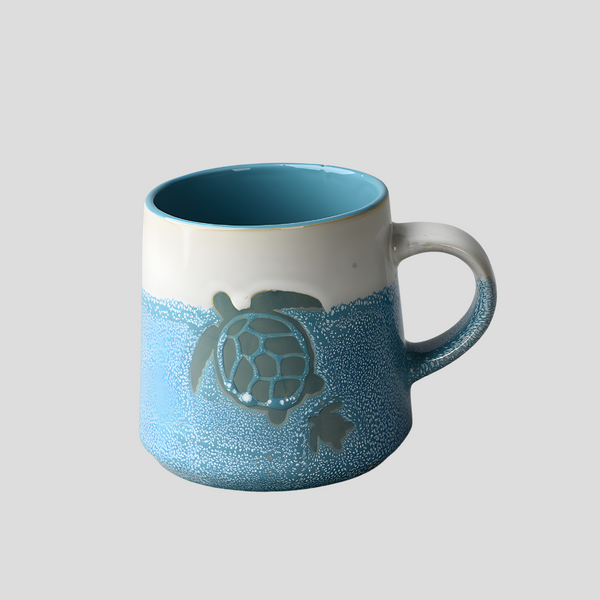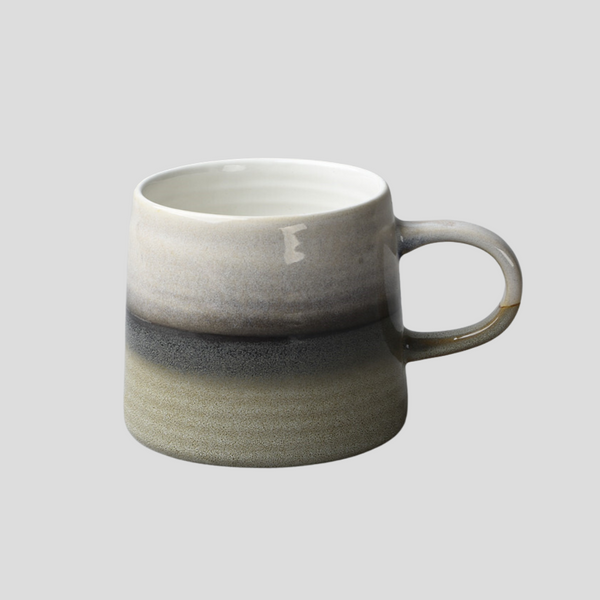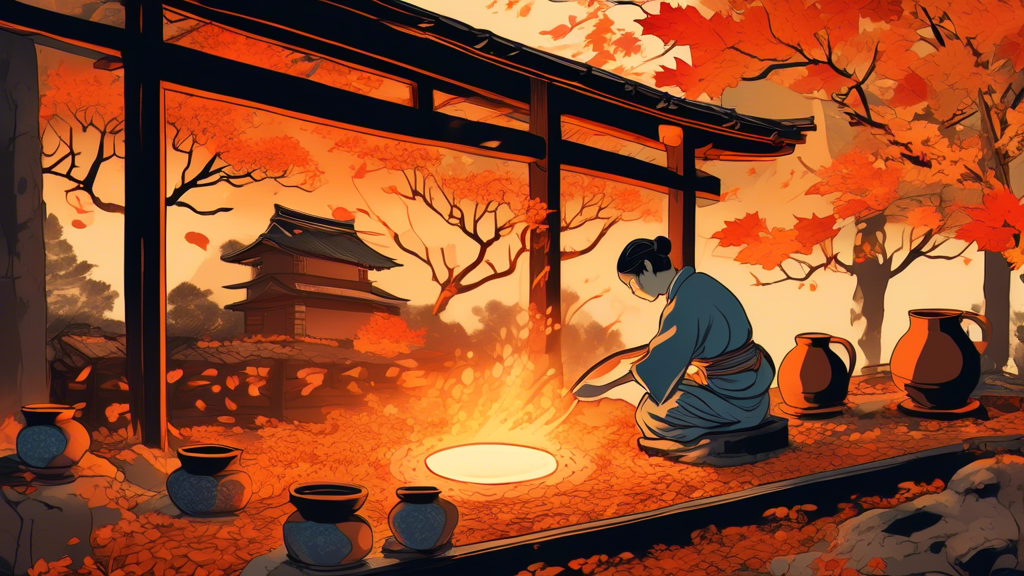
Exploring the Art of Japanese Pottery Firing
Unveiling the Mastery of Japanese Pottery Firing
The tradition of pottery making in Japan is a celebrated art form, stemming back centuries and showcasing a deep reverence for the natural world and the craftsmanship involved in creating functional yet aesthetically profound pieces. Central to this tradition is the art of pottery firing, a crucial step that transforms raw clay into durable and beautiful ceramics. Japanese pottery firing is renowned for its variety of techniques and the incredible range of finishes it produces, each method offering a unique insight into Japan's rich cultural heritage.
Understanding the Basics of Pottery Firing
At its core, pottery firing is the process of heating clay objects in a kiln to specific temperatures, where the clay undergoes chemical transformations to become ceramic. The temperature and atmosphere within the kiln can significantly affect the final appearance and strength of the pottery. Japanese artisans have perfected this process, experimenting with different firing techniques to achieve desired effects.
Anagama Kiln: Embracing Natural Beauty
One of the oldest and most revered firing techniques in Japan involves the Anagama kiln — a type of single-chamber kiln built into a hillside. This method, introduced from Korea in the 5th century, is known for its labor-intensive process and the unique, unpredictable patterns it creates on pottery. Firing in an Anagama kiln can take several days, during which the wood ash settles on the pottery surfaces, melting into a natural glaze. Each piece emerges distinct, adorned with earthy tones and textures that reflect the natural materials and processes involved.
Raku Firing: The Serendipity of Imperfection
Raku firing is another cherished Japanese pottery technique, developed in the 16th century for the Japanese tea ceremony. This low-temperature firing process involves removing pottery from the kiln while it's red hot and then cooling it quickly, often in the open air or by quenching in water or sawdust. This rapid cooling can cause cracking and crazing on the pottery surface, features that are highly prized for their aesthetic appeal. Raku ware is celebrated for its spontaneity and the philosophy of wabi-sabi, or beauty in imperfection, that it embodies.
Noborigama Kiln: The Legacy of Layered Firing
The Noborigama, or climbing kiln, is a multi-chambered kiln that allows for different firing atmospheres in each chamber, enabling potters to achieve a wide range of effects on their ceramics. The design of the kiln, which ascends a slope, uses gravity to assist in the heat distribution, allowing for more efficient use of fuel. Noborigama kilns have been used since the medieval period in Japan and are integral to the production of specific pottery styles, such as Shigaraki and Bizen ware, each known for their distinctive textures and glazes.
Exploring the Future of Japanese Pottery Firing
While traditional firing techniques continue to be a cornerstone of Japanese pottery, contemporary artists and artisans are also exploring new methods and materials, blending ancient practices with modern technology. This fusion not only honors the rich legacy of Japanese pottery but also pushes the boundaries of what can be achieved aesthetically and functionally. Collectors and enthusiasts around the world await these innovations with great anticipation, recognizing that the fire that forges these works of art is as dynamic and evolving as the earth from which they came.
The art of Japanese pottery firing is a testament to the skill, patience, and philosophical depth of its artisans. Through the flames, they express not only an enduring cultural heritage but also a continuing dialogue between the past and present, nature and humanity. It is an art form that invites us to look more closely, to appreciate the subtle nuances, and to celebrate the beauty of imperfection.
Click this link to check out our ceramic artwork!
